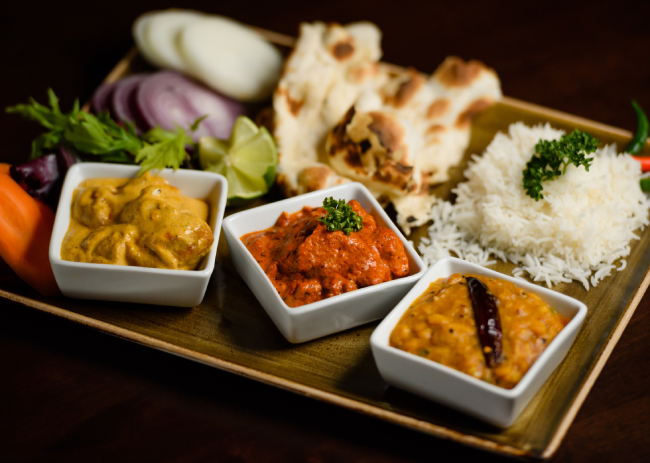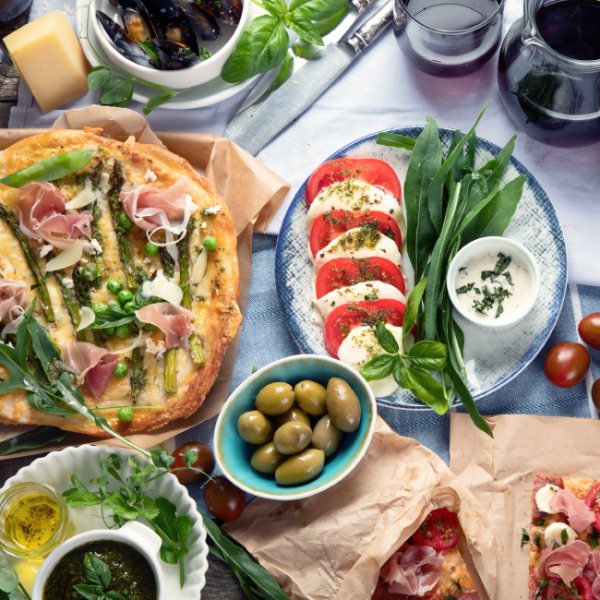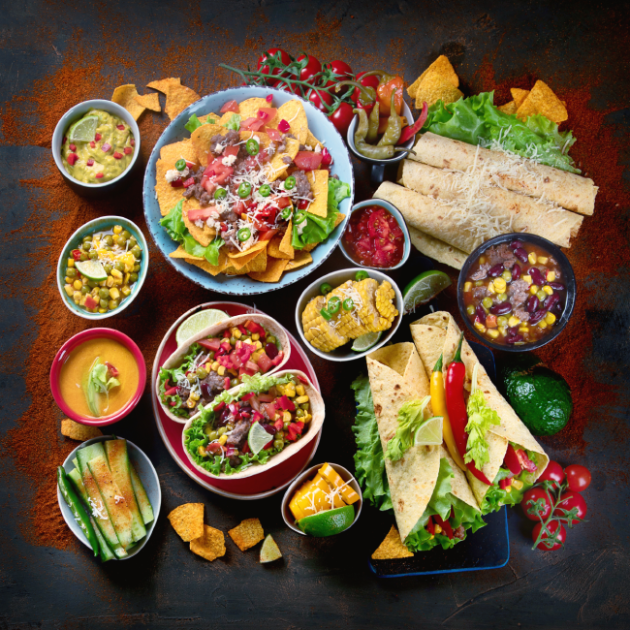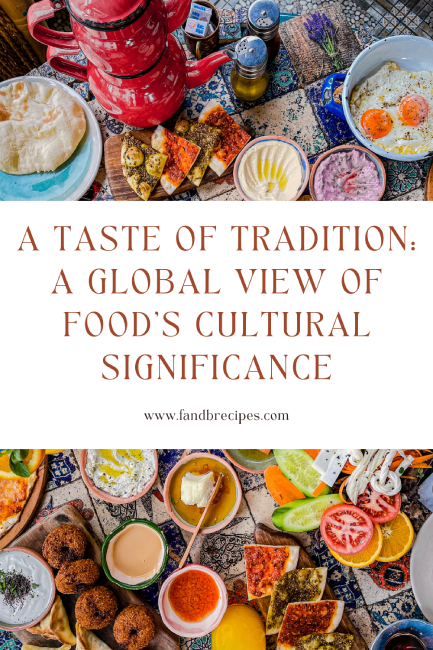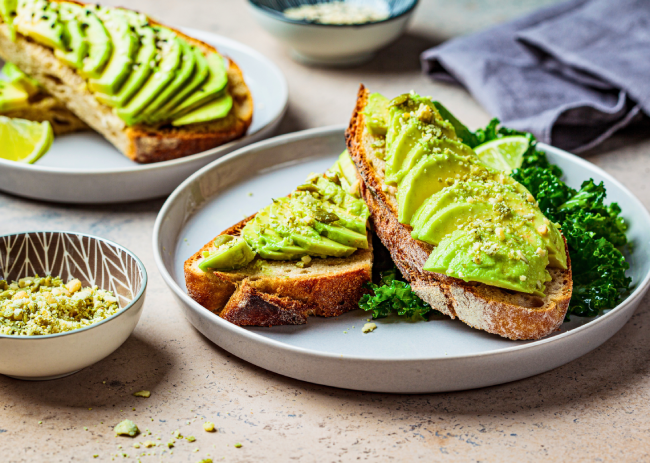A Taste of Tradition: A Global View of Food’s Cultural Significance
Food is generally known to have importance because human lives depend on it, it provides sustenance. However, if you go a little deeper, food is more than that. It is a way of expressing the identity, values, and beliefs of family, culture, and even different countries. Food culture is a term expressing its importance. Let’s understand it better.
What is Food Culture?
Food culture is the ultimate melting pot of tradition, innovation, and expression. It’s not just about what we eat, but how we eat it, why we eat it, and with whom we share it. Food culture is the embodiment of a society’s values, history, geography, and social structures, all wrapped up in a delicious package.
Think about it: why do certain foods evoke such strong emotions and memories? Why do we turn to comfort food when we’re feeling down, or celebrate special occasions with a particular dish? It’s because food is so much more than mere nourishment. It’s a language, a story, a connection.
From the spicy curries of India to the creamy pasta of Italy, from the savoury stews of Ethiopia to the tangy barbecues of the American South, every corner of the globe has its own unique food culture. Each culture has its own traditions, rituals, and beliefs surrounding food, passed down from generation to generation.
Today in this article, we will be understanding the cultural significance of foods in different countries and regions.
Cultural Significance of Food in Diverse Cultures of the World
In this exploration of food culture, we’ll take a journey around the world, sampling some of the most iconic dishes and traditions from different countries and regions. We’ll uncover the stories and meanings behind these foods, and discover how they reflect the people and cultures that created them.
So grab a fork and a sense of adventure, and let’s dive into the delicious world of food culture!
1. China
Chinese cuisine is one of the oldest and most diverse in the world, with a rich history dating back thousands of years. From fiery Sichuan dishes to delicate Cantonese dim sum, it is known for its bold flavours and intricate preparations. Chinese food culture also includes a variety of customs and traditions that are deeply rooted in history and symbolism.
In Chinese food culture, it is believed that certain foods bring good luck and prosperity in the coming year. Dumplings, for instance, symbolize wealth and prosperity, while whole fish represent abundance and good fortune. So, during New Year’s, you will see those dishes being prepared in Chinese households.
2. Japan
Japanese cuisine is known for its emphasis on fresh, seasonal ingredients and simple, elegant preparations. When we hear Japan, the food that comes to our mind is Sushi. It is a perfect example of its culinary philosophy. However, sushi is more than just a tasty snack; it’s also a cultural tradition with a rich history and significance.
In addition to sushi, Japan is also known for its tea ceremonies, which are a formal and ritualistic way of preparing and serving tea. These ceremonies are deeply rooted in Japanese culture and represent harmony, respect, and tranquillity.
3. India
There is something bold and complex about Indian cuisine. From creamy curries to fiery vindaloos, you will see a variety of flavours and textures in an Indian dish. But what makes Indian cuisine truly unique is its use of spices.
Spices are not just for adding flavours to a dish, but they are also believed to have health benefits and symbolic meanings. For example, turmeric, a commonly used spice in Indian cooking, is believed to have anti-inflammatory properties and is often used in religious ceremonies.
4. Italy
When we hear Italian cuisine, we think about pasta and pizza, right? Italian cuisine is known for its simple, rustic flavours and emphasis on fresh, high-quality ingredients. Apart from pasta and pizza, wine is also one of the iconic Italian foods that have become beloved around the world.
However, like all others, Italian food culture is also about tradition and family. Italians have a deep reverence for their culinary heritage and often gather around the table for long, leisurely meals with family and friends. With the variety of pizza and pasta on the table and a glass of fine wine, they all enjoy meals together.
5. France
French perhaps has the most iconic food culture in the world, its emphasis on rich sauces, buttery pastries, and delicate flavours. French food culture is not just about the food, it’s also about the rituals and customs that surround it.
Bread and cheese, for example, are a staple of French cuisine and are often enjoyed as part of a leisurely meal or picnic. It is also known for its formality and attention to detail, with a variety of etiquette rules that govern everything from table setting to wine pairing. Isn’t that amazing?
6. Mexico
Mexican cuisine is also known for its bold flavours along with the use of fresh and colourful ingredients. From spicy salsas to rich mole sauces, it is a celebration of flavour and diversity. Tradition and symbolism also play an important role in Mexican food culture as well.
During the Day of the Dead festival, for example, families prepare special foods and offerings for their departed loved ones. These foods, which include sugar skulls and pan de muerto (a sweet bread), represent the cycle of life and death and the importance of honouring one’s ancestors.
7. United States
American cuisine is a diverse and ever-evolving tapestry of flavours and cultures. From barbecue in the South to clam chowder in New England, American food culture reflects the country’s vast geography and cultural diversity. In the US, other types of establishments have an impact on the regional scene. One popular area is going to a beer garden or rooftop bars, for example, rooftop bars in Scottsdale, Arizona.
However, no meal is more iconic in American culture than Thanksgiving dinner. It is an annual feast, which typically includes roast turkey, stuffing, and pumpkin pie. It is a time for families and friends to come together and give thanks to each other for their blessings.
Let’s Celebrate the Richness of Food Culture Across the Globe
To conclude the article, in short, food culture is a fascinating and important part of our global heritage. Whether it’s the spices of India, the sushi of Japan, or the roasted turkey of America, each country and region has its own unique culinary traditions and customs that reflect its history, geography, and culture.
Understanding the cultural significance of food can help us gain a deeper appreciation for the diversity and richness of our world. So, let’s celebrate the richness of food in each cultural diversity.

I’m John Llanasas a highly- skilled well experienced professional article writer, writing informative and engaging articles covering topics mostly related to health, food, technology, education, and travel. By doing a lot of research I can produce productive content full of information. I am a master of creative writing, web writing, Article rewriting, and proofreading. Hard work is the key to my success. That’s why I am very punctual and dedicated to my work. Creativity is an art for me that’s why plagiarism is not appreciated at all.




